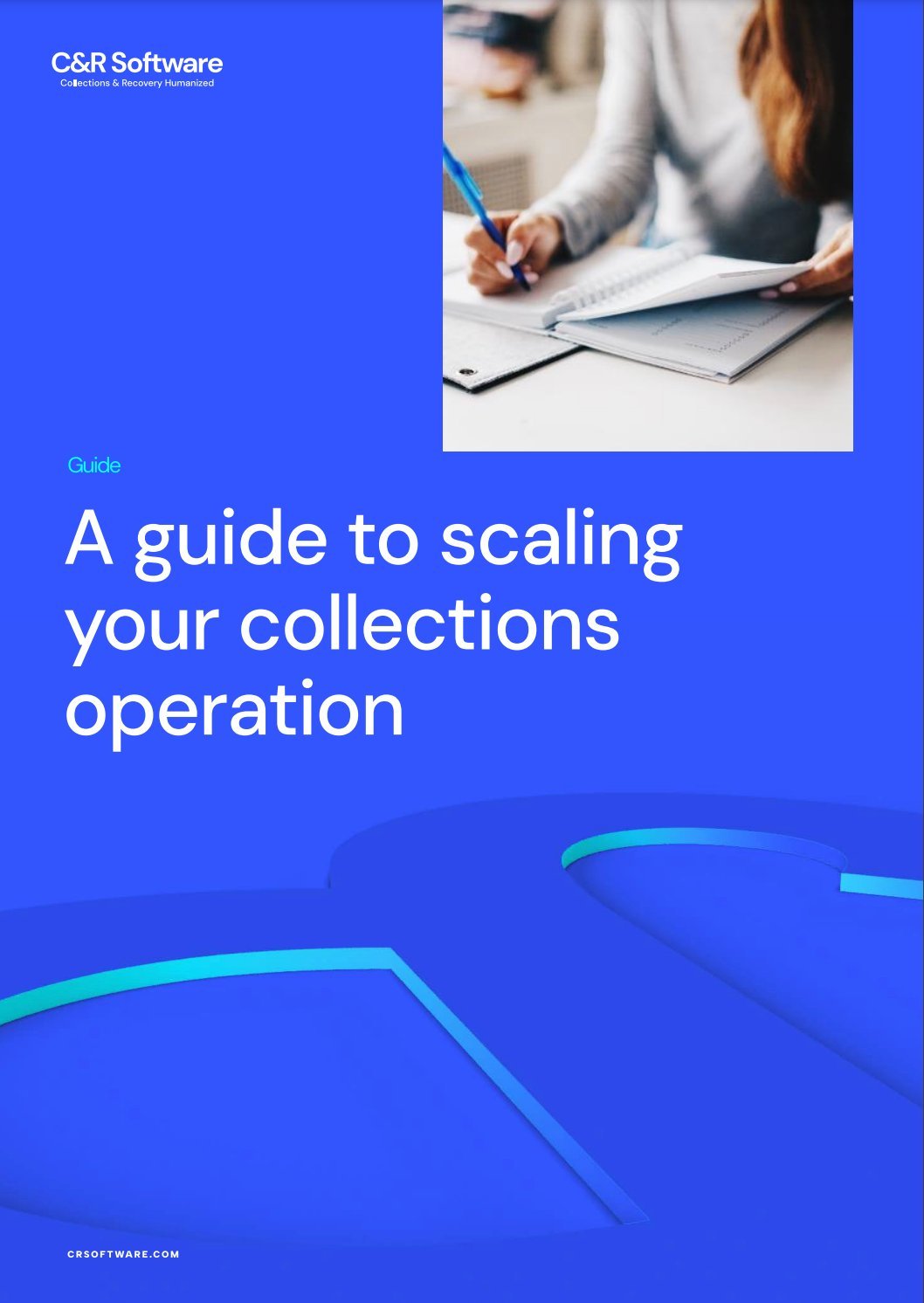How to make a choice that works for your business on all levels
You may have seen headlines about the recent B2B legal judgment against a leading software company for misappropriation of trade secrets. Reading the press coverage made me think about the hefty fines (up to $300M) levied against banks over the past decade, including for poor debt collection practices.
What do these financial hits have in common? I think they all may stem from business decisions based predominantly on technology, to the near-exclusion of other perspectives. Yet neither the companies developing software nor the companies using it operate in a vacuum where technology is all that’s important.
Software technologies are advancing so swiftly—bringing new capabilities businesses need to meet rising challenges—that it’s easy to become dazzled by them. Purchase decisions sometimes fail to adequately take into account the business context (customer, operational, regulatory) in which the software will be deployed. Some of these decisions may end up costing organizations not only in fines, but in reputational damage and customer loyalty.
The risk of these outcomes is especially high with collections and recovery software. It’s by far the most complex and regulated area of customer lifecycle decisioning. There’s a whole lot that can go wrong, for instance, in handling the numerous exception cases confronting collections operations every day, and mistakes are more likely to be spotlighted here than in any other decision area.
The complexity of collections is one of the reasons many financial institutions have waited until now to replace or enhance legacy systems with modern solutions. Being late to the party could be an advantage, however, if collections can benefit from what’s been done in other areas.
For instance, it seems natural for companies using CRM platforms in sales, origination, and customer management to consider building a collections solution the same way. After all, these platforms have a solid notion of what a customer is and they’re good at collecting data around customers and communicating with them.
But effective, regulatory compliant collections and recovery is about so much more than that. Companies trying to build solutions on top of a platform face a daunting challenge to properly cover intricacies like payment scheduling/splitting and backdating, interest calculation and adjustments, nonsufficient funds (NSF) and broken promises management, fees, settlements, affordability, loan workouts, bankruptcies, deceased parties, disputes, litigation, fraud, loss mitigation, and on and on.
The magnitude of this challenge is almost never reflected in the technical arguments and cost projections drawn up by IT in favor of platform-based approaches. In other words, the full business context of the technology decision is not in the pitch deck. And the developers who work on the project, whether internal or external consultants, rarely have domain expertise, which usually leads to elongated time-to-value and heightened risk.
The immensity of the task and hidden pitfalls are why a top-five US bank backed out of a three-year attempt to build its solution on a leading CRM platform. It’s why a top-10 bank, already using a CRM platform in other decision areas, nevertheless chose Decision Manager for collections and recoveries.
Debt Manager is modern software that greatly reduces deployment risk. It comes OTB with deep domain knowledge and lifecycle best practices built into templates, starter rulesets, and workflows. These are fully configurable by business users (including omnichannel contact strategies, data model, dynamic UI elements, event-driven triggers, compliance framework, and reporting). C&R people have decades of collections and recovery experience (especially with banks), and flexible implementation options facilitate knowledge transfer.
The cost of trying to build all that yourself on a platform is higher initially and long-term. Even using platform-based low-code tools, maintaining and updating the software as market conditions, regulatory requirements, and security threats change, is a significant ongoing expense. In contrast, C&R Software, which is totally focused on the collections and recovery space, keeps Debt Manager up to date. On top of that, we spend over $12M a year on R&D to keep the solution leading-edge.
Ultimately, cost projections need to consider risk as well. As I’ve said, software risk is greater in collections and recoveries than anywhere else in the customer lifecycle.
Let’s make a comparison to sales or even customer retention: Let’s say you’re dazzled by the potential for a pricing algorithm to generate optimal prices in near real time, so you make a mostly technology-driven decision to deploy it. This decision is not without risk: As a 2021 article in Harvard Business Review points out, “The constant changes in price points send strong signals to customers that need to be properly managed. Yet many organizations fail to appreciate this. They know that prices affect decisions about when and what to purchase, but they overlook the fact that continual ups and downs may trigger unfavourable perceptions of their offerings and, importantly, the company itself.” So if you fail to consider the full business context of your decision to deploy algorithmic pricing, you risk pissing off or even losing some customers. This is not an inconsiderable risk when you consider the cost of replacing customers today. But it pales in comparison to the risk of making a similar mistake with collections and recovery software. In this case, you also risk losing valuable customers (for various reasons, many financially responsible consumers fall behind in payments). And, in addition, you risk being fined hundreds of millions of dollars by a regulator—along with reputational risk from having collections blunders reported in the press. These are risks no financial institution ought to be taking.


-2.png?width=352&name=operationalize%20AI%20(17)-2.png)
.png?width=352&name=operationalize%20AI%20(10).png)
-2.png?width=352&name=operationalize%20AI%20(1)-2.png)
-3.png?width=352&name=operationalize%20AI%20(16)-3.png)
